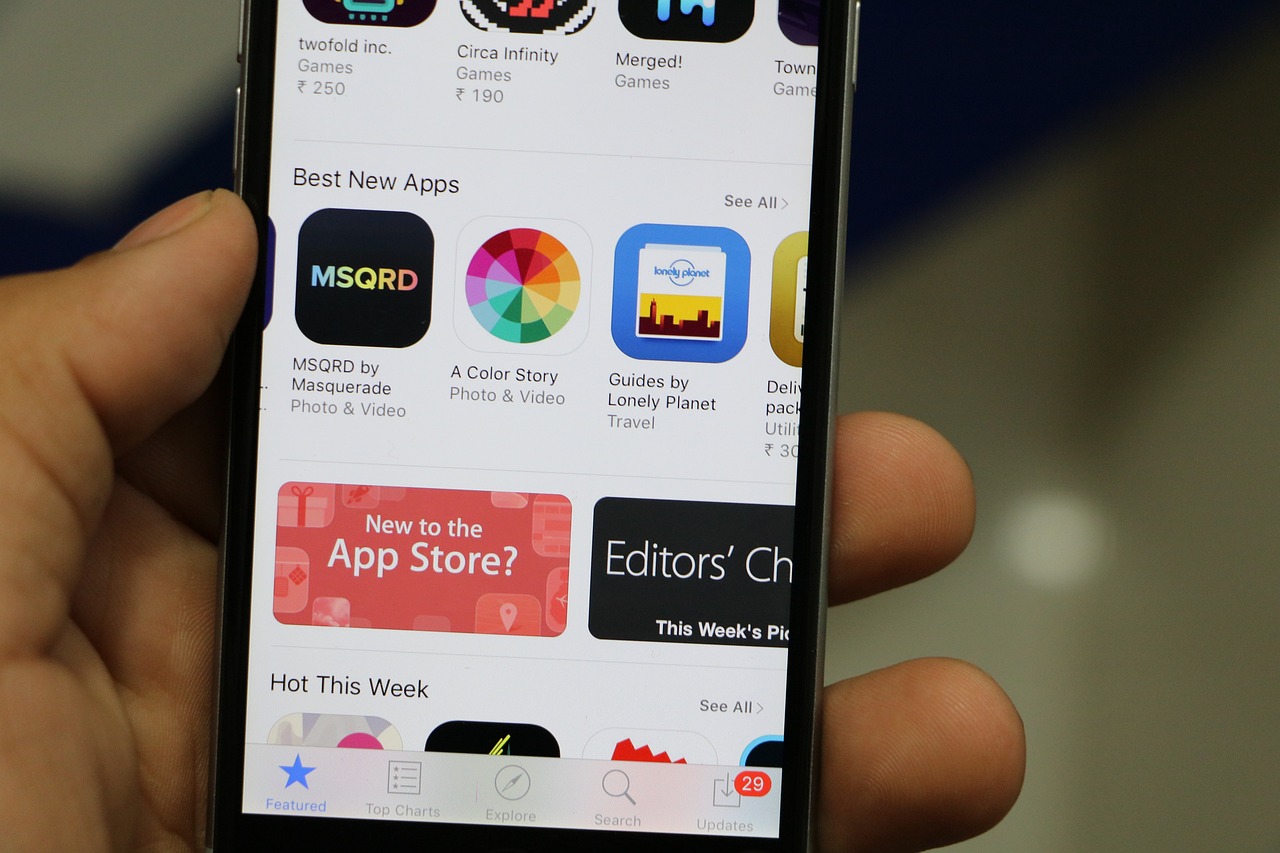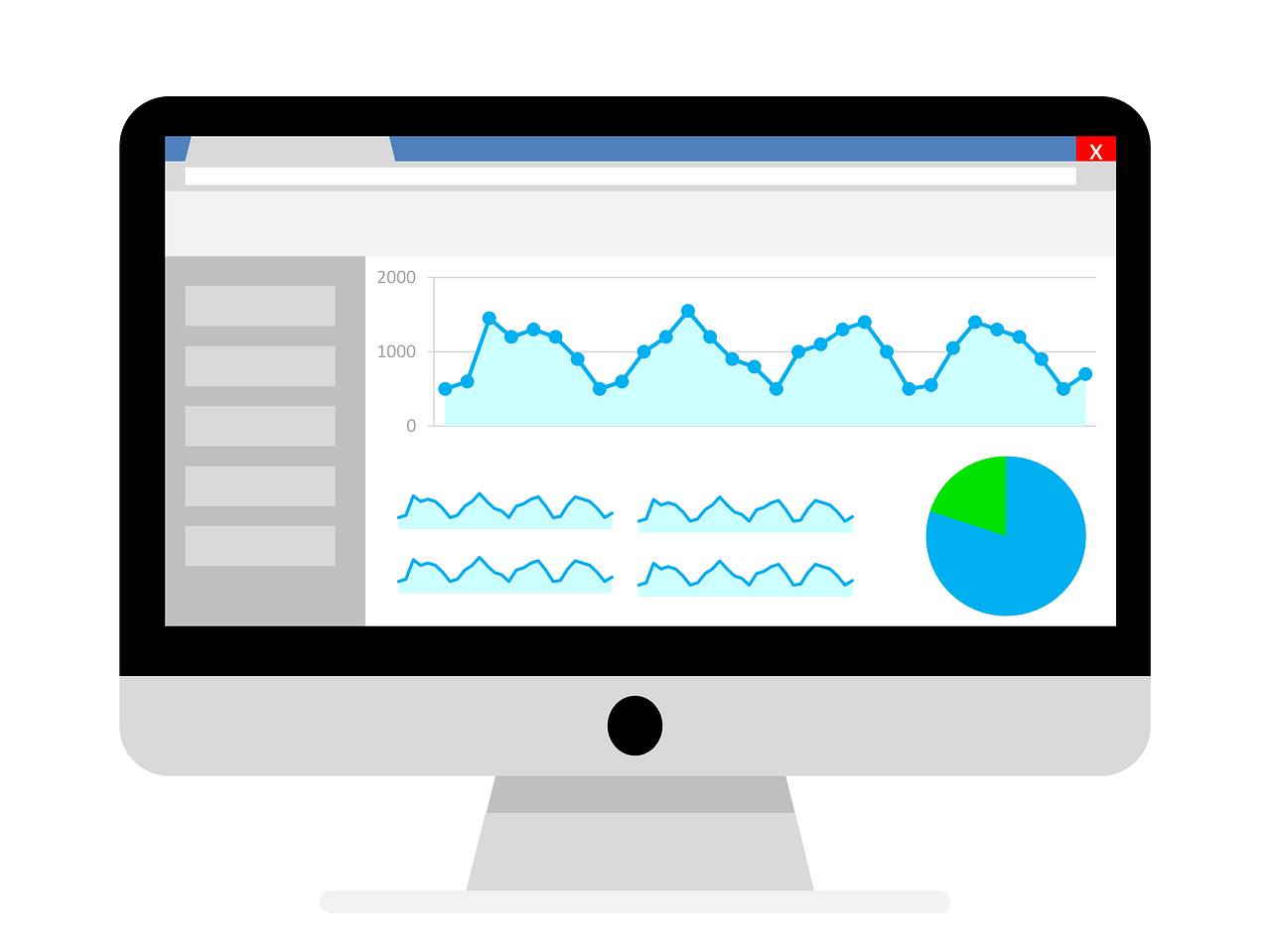Mobile App Development: Choosing The Right Developer
Today, mobile apps are essential for daily activities making things such as shopping, food delivery, and entertainment available at the click of a button. For developers and businesses, creating a functional product is essential to maximize ease for customers....

Today, mobile apps are essential for daily activities making things such as shopping, food delivery, and entertainment available at the click of a button. For developers and businesses, creating a functional product is essential to maximize ease for customers. Two revolutionary players in mobile app development are Native Development and React Native. These two programming companies help its users develop an app that meets their needs and preferences. Both methods have their strengths and weaknesses, so choosing the right program depends on what the app is trying to accomplish and the budget.
React Native uses cross-platform networks to enable its developers to use Javascript to write single code bases, running on both IOS and Android. Native Development has to build separate apps for each platform, IOS and Android, using the platforms preferred language. For IOS this means using Objective-C, and for Android developers must use Java or Kotlin.
The performance advantages that Native Development offers includes apps that are specifically built for each platform, allowing developers the ease of platform specific upgrades as they are released. This feature unlocks unbeatable performance considering the technology is platform specific. Native Development also offers the best security as it does not rely on external or third party frameworks that may need to be replaced in the future. This program provides full access to device hardware, which may be useful for apps that require functions such as camera, GPS or sensor features.
The downsides that developers might encounter when using Native Development include higher costs with the program and a more time consuming process. Because the systems are specific to the platforms they operate on, developers need separate codebases and development teams. This not only doubles the effort needed to create the program, it also doubles the operating costs. This can be a significant challenge for businesses running on a budget. There may also be a steep learning curve for developers, as it requires prior knowledge on platforms like Kotlin and Objective-C.
Benefits of using React Native include cost-effectiveness and development speed. Because this program allows the code to be used across multiple platforms, the time it takes to develop the software is drastically reduced. Additionally, this platform can be developed with a smaller group of people considering they do not need to build separate software. This is a major benefit in contrast to the system of Native Development, because it can be managed by a smaller team of developers which overall reduces overhead.
While there may be many positives with using React Native, it does have its drawbacks. Similar to Native Development, the learning curve for the software is steep. Without prior knowledge to the system, setting up the app may be challenging. Developers with a background in coding may be able to pick it up quickly, but the system requires knowledge in mobile specific ecosystems. React Native also experiences less seamless navigation systems. This means the transitions between screens is not as smooth as what might be experienced with the Native Development system. Additional workarounds or code integrations may be needed for this system as well considering it lacks certain custom modules.
Ultimately the decision to choose React Native and Native Development comes down to the company’s business goals, its budget, and the complexity of code needed to properly run the app. This decision may provide uncertainty, so communication with an experienced app development agency is a step in the right direction.
Creating an app through developers like Native and React Native gives companies an extra source of profit with app purchases reaching $186 billion by 2027. 75% of organizations see a positive return on investment from their apps. Many organizations are seeing a positive RIO including 92% in manufacturing departments, 83% in telecom, 76% in retail, 71% in business services, 69% in financial services, and 66% in IT services. It is projected that in-app spending will grow by 267% through 2030, and average revenue will reach $9.46 with subscription bundling, in-app purchases, and app-data monetization.

 AbJimroe
AbJimroe 




























